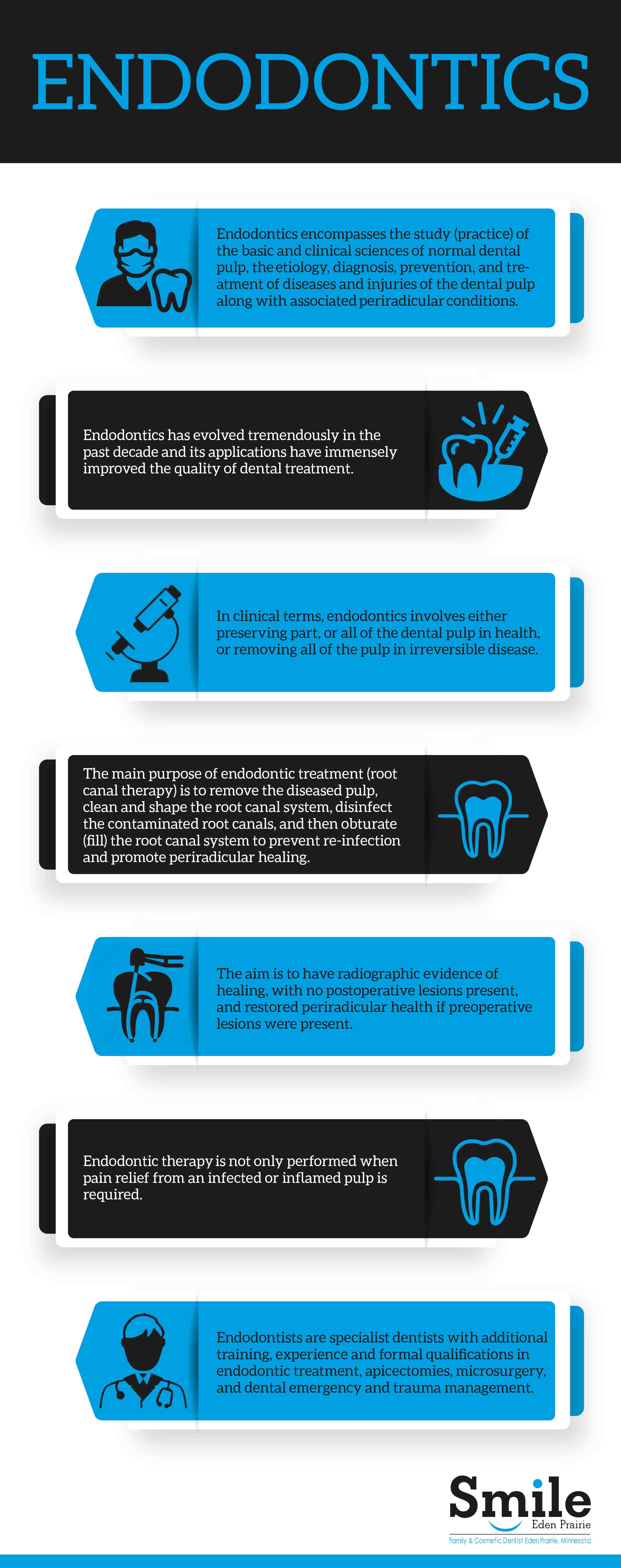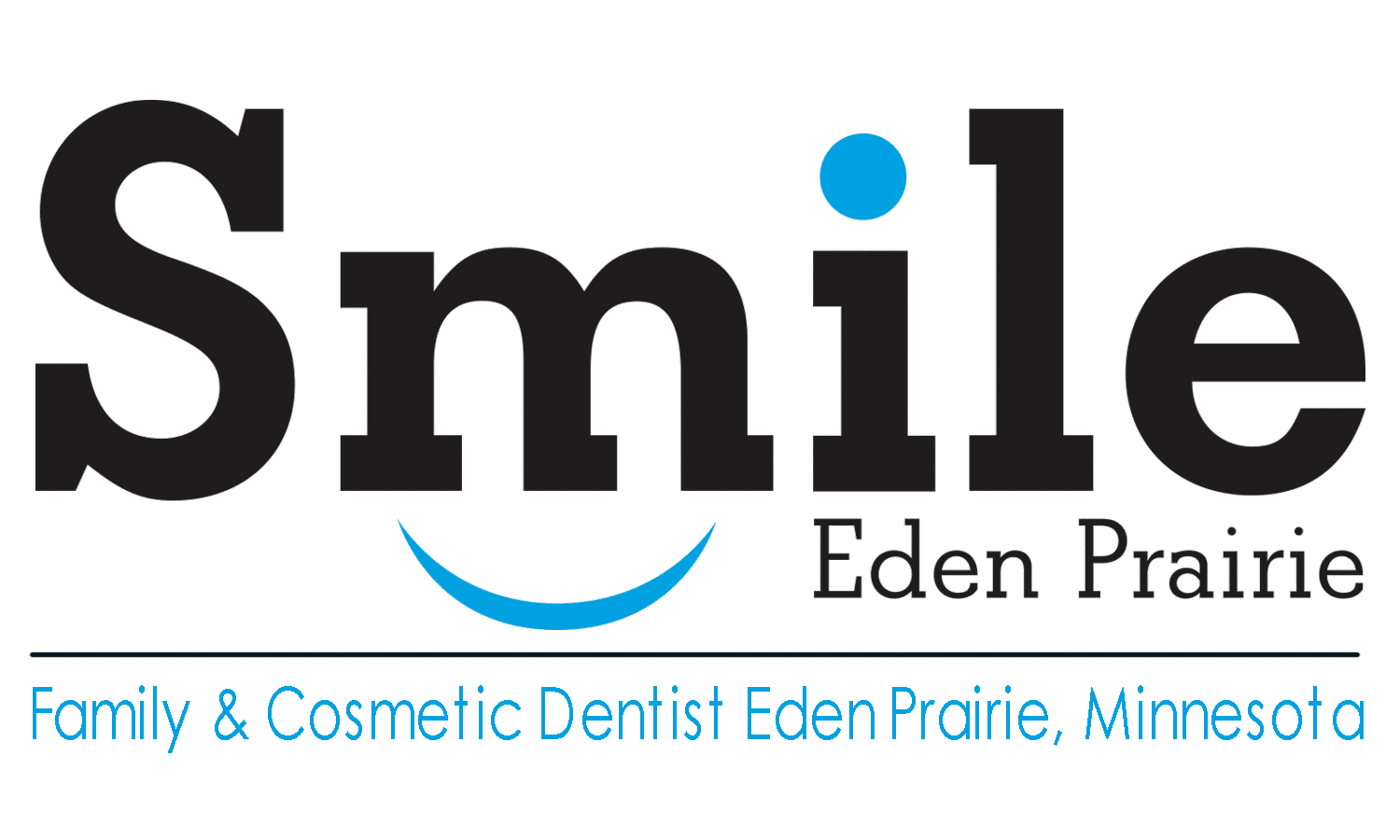Branches of Dentistry: Endodontics
Endodontics is from the Greek words endo which means "inside" and odont which means "tooth". It is the dental specialty related to studying and treating dental pulp.
Endodontics includes the practice of the basic and clinical sciences dental pulp. This includes the etiology, diagnosis, prevention and treatment of diseases and injuries. It also encompasses any periradicular conditions. Endodontics as a practice has grown tremendously over the past decade. It has significantly improved the quality and capabilities of dental treatments.
From a clinical perspective, endodontics involves preserving the dental pulp or removing it in cases of untreatable disease. This also includes teeth which have chronically infected and inflamed pulpal tissue. While endodontics involves the treatment of dental pulp, it also includes preserving teeth that have otherwise failed in responding to non-surgical endodontic treatments. Additionally, it includes teeth that have developed lesions, for example when multiple root canal treatments are required or in the case of periradicular surgery. Endodontic treatment is also referred to as root canal therapy.
The main purpose of endodontics is to remove diseased pulp, clean and shape the root canal system, treat contaminated root canals and lastly fill the root canal system in order to prevent the return of infection and promote healing. Dental pulpal problems are most often caused by bacterial contamination from a root canal. Therefore, minimizing the bacterial load within the root canal system, and filling the canals with an inert obturating material aids in preventing the return of infection.
Endodontic therapy is not only used to aid in relieving pain from infected or inflamed pulp. It is also used to promote the healing and repair of the surrounding periradicular tissues. One common use is where there is trauma to a front tooth. This can cause it to tear away from the bony socket. Endodontic treatment is required following the re-implantation in order to preserve the aesthetics and overall function of the tooth. In this case, there may not be any pain or adverse symptoms of the dental pulp.
Endodontists dentists who received specialized training, experience and formal qualifications in endodontic treatment, apicectomies, microsurgery and the dental emergency and trauma treatment. The use of magnification devices has been widely accepted among endodontists as it helps increase accuracy and visualization. The American Association of Endodontics strongly encourages the use of oral microscopes during treatments.
Endodontic treatment is one of the most common procedures within the field. If the dental pulp becomes diseased or suffers from trauma, endodontic treatment is required in order to preserve the tooth. Endodontics is a recognized specialty from most national dental organizations.
In the United States, following the completion of a dental degree, a dentist must complete two to three additional years of training before the can become an Endodontist. The American Dental Association (ADA) accredited programs are a minimum of two years in length. Following the successful completion of Endodontist training, the dentist is eligible to sit for the American Board of Endodontics examination. Once the dentist successfully completes the board certification, they receive Diplomate status in the American Board of Endodontics.
Although general dentists are able to perform some endodontic treatments, there are certain criteria which sets them apart. Endodontists use microscopes while performing treatment which allow them better visibility into the small internal anatomy of teeth without removing excessive amounts of the tooth structure or causing damage. In addition, Endodontists use 3D imaging in order to effectively assess their cases and to make an accurate diagnosis and treatment plan.

